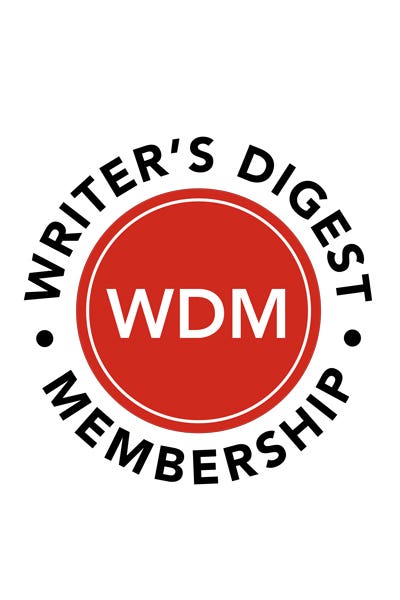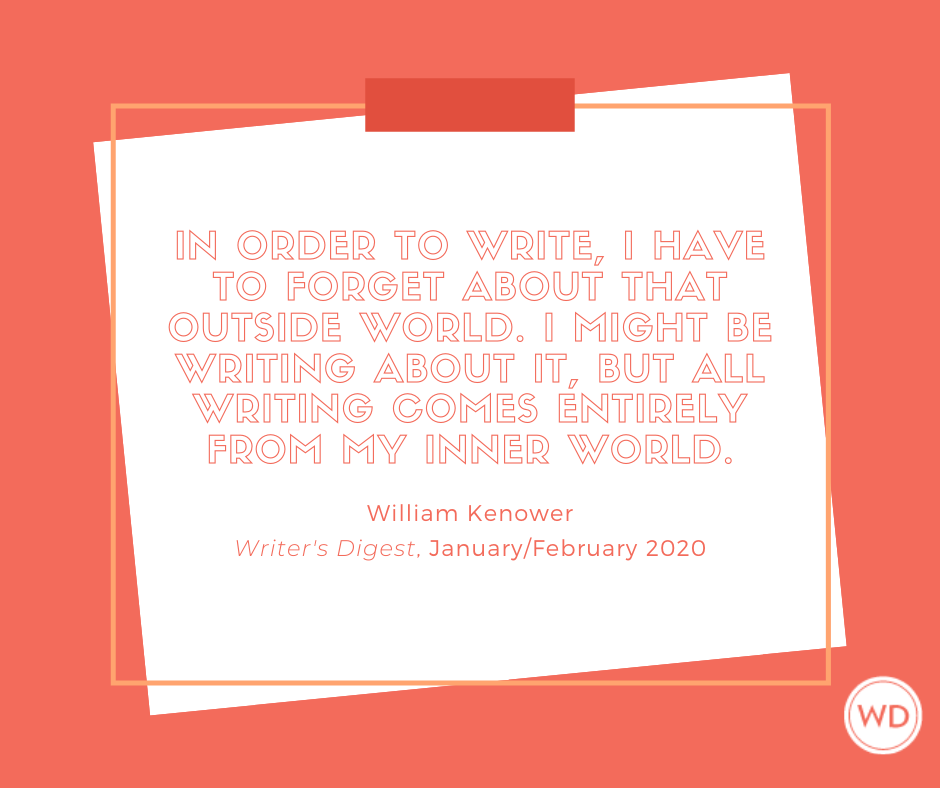To Be Continued…
Serialized fiction is making a comeback in magazines and newspapers, and finding a new home on the Internet.
There's a revival sweeping the publishing world. Authors great and small are sharing their stories a chapter at a time, just as Dickens and Thackery did in bygone days. But this time, in addition to newspapers and magazines, serialization is finding a place online.
The prime example is, of course, Stephen King. In the summer of 2000, he posted at www.stephenking.com the first installment of The Plant. His challenge: If enough fans paid a dollar a download, he'd keep writing. Otherwise, the story would die on the vine. In six days, 152,132 people had accessed The Plant. A full 76.38 percent— 116,200 people—pledged to pay up. The experiment continued until November, when King suspended it in order to work on other projects.
But King isn't alone in the online serial world. For about a month in mid-2000, Bookreporter.com offered free, serialized copies of Rosalind Miles' Guenevere: Queen of the Summer Country (Crown).
The serialization coincided with Guenevere's paperback release and the hardcover release of the fantasy trilogy's second book, The Knight of the Sacred Lake. While Bookreporter.com CEO Carol Fitzgerald wouldn't release the number of downloads, she says her company and Crown were encouraged by reader interest.
No serial, but $12K ahead
Perhaps the most interesting example of Internet serialization is one that never happened, but still netted the author $12,000.
Joe Hutsko, best known for technology features in publications like The New York Times and Wired, asked the Times' Web site staff about serializing his novel The Deal (Tor/Forge), a story of Silicon Valley intrigue.
"[They] bought the serial rights to The Deal for $12,000," Hutsko says. "They planned to run a chapter a week for six months. But when my editor Rob Fixmer left the Web site, the new editor backed out, saying there wasn't a place for fiction on the site." Hutsko kept the cash.
Serialization is also getting new life in magazines. Among the most prominent cases is John Grisham, who serialized A Painted House in the Oxford American, where he serves as publisher. The novel is a departure for Grisham; rather than mining his legal know-how, Painted House is the story of a boy growing up in the rural South.
Science fiction writer Robert J. Sawyer, whose books include Golden Fleece and Flashforward (Tor), has long known the magic of the magazine serial. "The traditional route to success in science fiction is by making a name for yourself in short fiction," he says, "so people who read science fiction magazines will recognize your byline on a novel."
Because Sawyer writes very little short fiction, serialization was ideal. "By serializing two novels in Analog, the world's No. 1, best-selling science fiction magazine, I've had 200,000 words of fiction and three cover stories in that magazine. Quite an enviable record."
The serialized works went on to win the Science Fiction and Fantasy Writers of America's Nebula Award, and the Hugo Award. "I don't think I would have won," Sawyer says, "had the books not been seen by the wide readership of Analog."
But magazine serialization can be much more than a promotional effort. "I was paid more for the serialization rights for each book than I got as an advance for my first novel," Sawyer says. "In other words, there is an economic value in serialization in and of itself."
Newspaper rebirth
Finally, there's a rebirth of sorts in newspapers. Some 40 million readers are exposed to the serialization of top-rated children's writers, thanks to children's novelist Avi's Colorado-based company, Breakfast Serials.
Each author's work is broken into 12 to 16 weekly segments, each about 800 words long. Most authors pocket $5,000, and retain copyrights.
"Breakfast Serials are in 250 newspapers across the country and in Canada," Avi says. That's a circulation of more than 40 million. Even if only 5 percent of those subscribers read the serializations, two million people are exposed to that writer for up to 16 weeks.
Realize your potential
Could serialization give your career a boost? The answer is a resounding maybe.
To improve your potential, focus first on the quality of your work. Editors—both in print and online—may be searching for content to fill the serialization niche. But creative formatting is not a substitute for powerful storytelling. To be considered for a piece of the serialization pie, you must first have a compelling, well-crafted story to tell.
Once you've mastered your craft, exercise your tenacity. Remember, Hutsko never saw The Deal serialized. But he deposited a check for $12,000 just for asking. Breakfast Serials didn't exist until Avi made his first proposal. If you think your work is right for serialization, do your research, be brave and ask.
Freelancer Kelly Milner Halls has written for Book and Highlights for Children. Her latest book is Bought a Baby Chicken (Boyds Mills Press).









